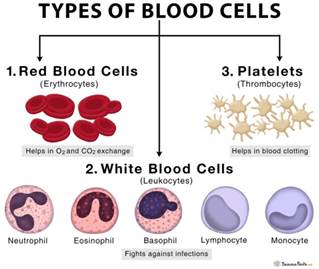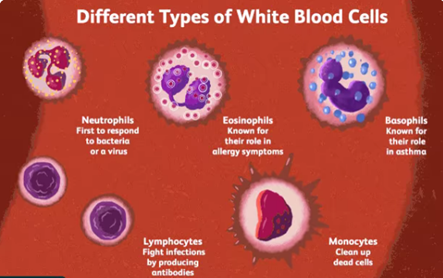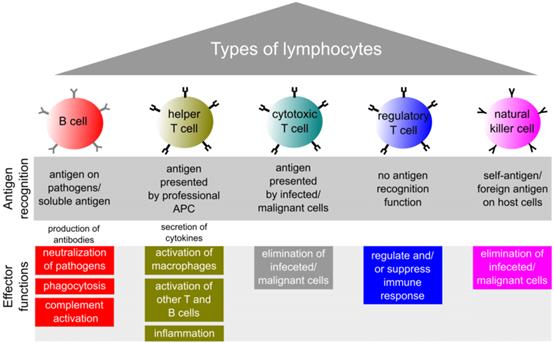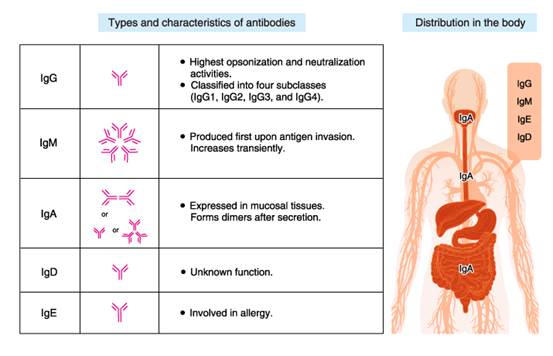Description

Disclaimer: Copyright infringement not intended.
Context
- Nasal vaccines, which are currently under development, may hold the potential to prevent COVID-19 infection entirely, said a study published in Science Immunology.
What is an Intranasal Vaccine?
- Vaccines are usually given through different routes, with the most common being injectable shots delivered into the muscles (intramuscular) or the tissue just between the skin and the muscles (subcutaneous).
- Other routes of delivery, especially in some vaccines for infants, include administering the liquid solution orally instead of injecting. In the intranasal route, the vaccine is sprayed into the nostrils and inhaled.
Advantage of Intra Nasal Vaccine
- Many viruses, including the coronavirus, enter the body through mucosa — wet, squishy tissues that line the nose, mouth, lungs and digestive tract — triggering a unique immune response from cells and molecules there.
- Intramuscular vaccines generally fail at eliciting this mucosal response. They rely on immune cells mobilised from elsewhere in the body flocking to the site of infection.
- Experts believe an intranasal vaccine will act against the virus from the time it tries to break the body’s barrier, thereby making it more effective than the intramuscular ones in many cases.
Blood Cells and Immunity
- The cells in our body deploy powerful countermeasures against viral infection. Antibodies, made by types of blood cells called B cells, are molecules that recognise and attach to parts of the virus. Other cells called T cells seek out and destroy virus-infected cells, removing the source of infection.

Working of vaccines in general
- Generally, vaccines trigger a response in the blood. B cells, churn out antibodies — including a particularly potent disease-fighter called IgG — to roam the body in search of the virus.
- T cells, either help B cells produce antibodies or seek out and destroy the infected cells.
Intra-nasal Vaccine
- Vaccines that are injected through the nose or mouth tap into another set of immune cells that hang around mucosal tissues.
- The B cells that reside there make another type of antibody, called IgA, that plays a large role in destroying the airway pathogens.
- In addition to this, the T cells that are residing nearby will be able to memorise the pathogens that it encountered and will lifelong scout the areas where these were first encountered.
- The effectiveness of an intranasal vaccine was first seen in the 1960s when polio doses replaced its injected predecessor.
- It targeted the body’s immune response in the gut, where the virus thrives and many people who took the oral vaccine seemed to cancel out the infections even before they felt symptoms.
Decoding Blood Cells




https://www.downtoearth.org.in/news/health/can-nasal-vaccines-shield-against-breakthrough-infections--83939
1.png)















